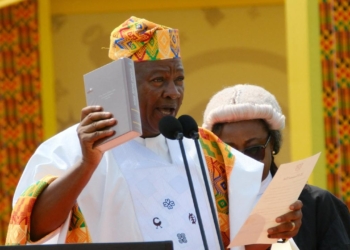By 2022, India’s population will have overtaken China’s to become the largest in the world, according to a United Nations report.
As the world’s two most populous nations, China and India already have well over 1 billion people each. But while China’s population is forecast to level out in the 2020s at around 1.4 billion, India’s population is expected to carry on soaring.
Here’s what these seismic demographic changes will mean for both countries – and the world.
China’s ageing population remains a cause for concern, with the number of elderly people growing rapidly. There number of over 65s is forecast to grow to 167 million by 2020 — 11.5% of the population and nearly double what it was in 1995.
The boom in elderly Chinese is set to peak around 2030, and the pressure is already being felt by people struggling to care for elderly relatives.
Retirement and nursing homes are not as common in China as they are in the West because families have traditionally been expected to care for relatives, and healthcare infrastructure is often not well developed in rural areas.
In the coming years, each member of China’s one-child generation will need to support, on average, two elderly relatives.
Recently, China relaxed its one-child policy, a move that could mitigate the pressure. For example, once the two-child generation becomes middle-aged, its members will each have to support just one elderly person.
An increase in numbers of children could also lead to a surge in consumption and a boost to China’s economy. Parents who have more than one child will spend more, and as their children grow older they will need housing, life insurance, pharmaceuticals and much more.
India has been one of the largest contributors to global growth over the last decade, accounting for about 10% of the world’s increase in economic activity since 2005.
With the second largest population in the world, and an up-and-coming youth demographic, India needs to create millions of jobs in the near future to ensure decent living standards for its citizens.
The continued rise of India’s population could exacerbate current problems. The country has the greatest concentration of poor in the world, with around 300 million Indians living in extreme poverty.
Moreover, due to increased life expectancy the median age in India is predicted to go up from 26.6 to 37.3 by 2050, in line with China’s current median age of 37.0, according to the report. This means India could, in the future, face similar demographic issues to the ones China faces today.
Despite these hurdles, India’s outlook shows promise. In this year’s World Economic Forum’s Global Competitiveness Report, which assesses the long-term economic prospects of more than 140 countries, India continued its growth as seen last year, with one of the strongest performances in the world, climbing a total of 16 places in one year to 39th.
India’s rise can be put down to small yet significant reforms across a number of key areas, including improving infrastructure and investment and encouraging key areas of the economy like farming and manufacturing.
Sign up for Ghana Star News to receive daily email alerts of breaking news in Ghana. GhanaStar.com is your source for all Ghana News. Get the latest Ghana news, breaking news, sports, politics, entertainment and more about Ghana, Africa and beyond.

